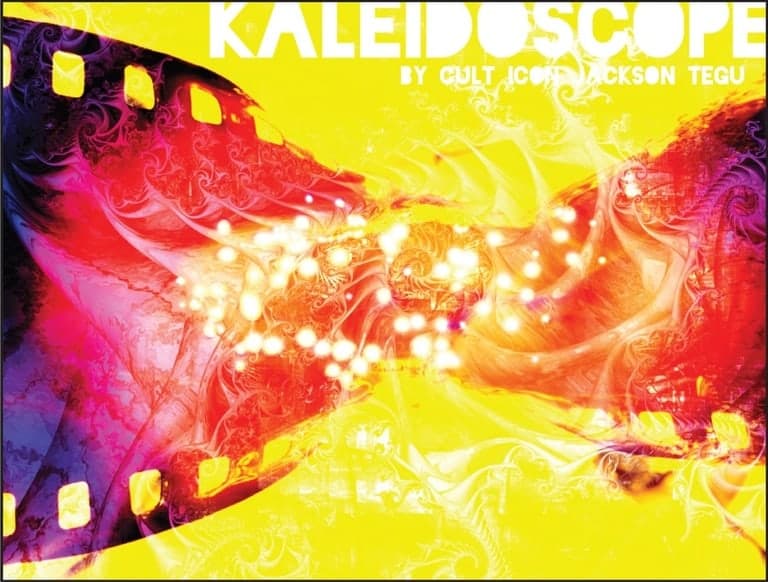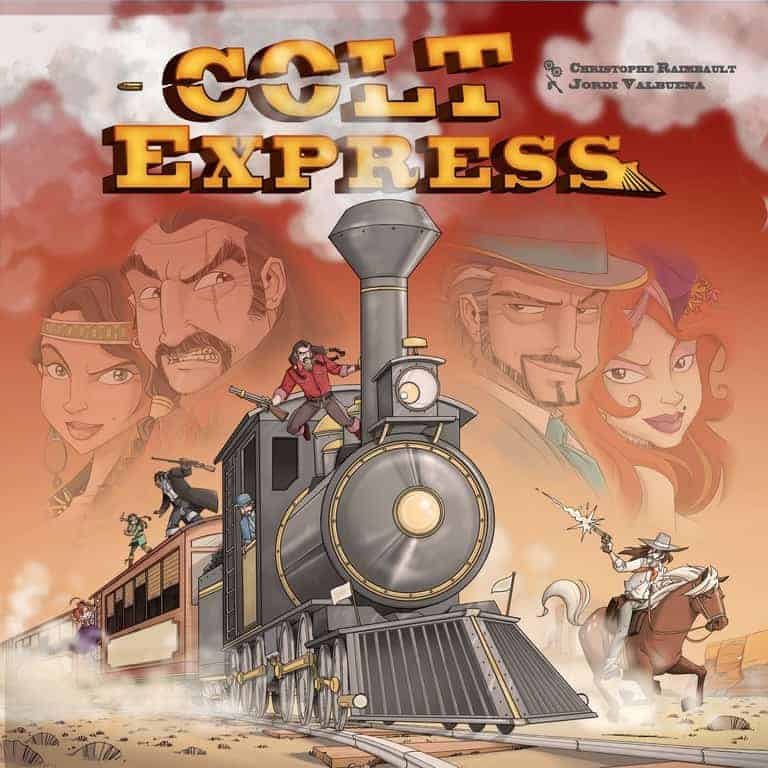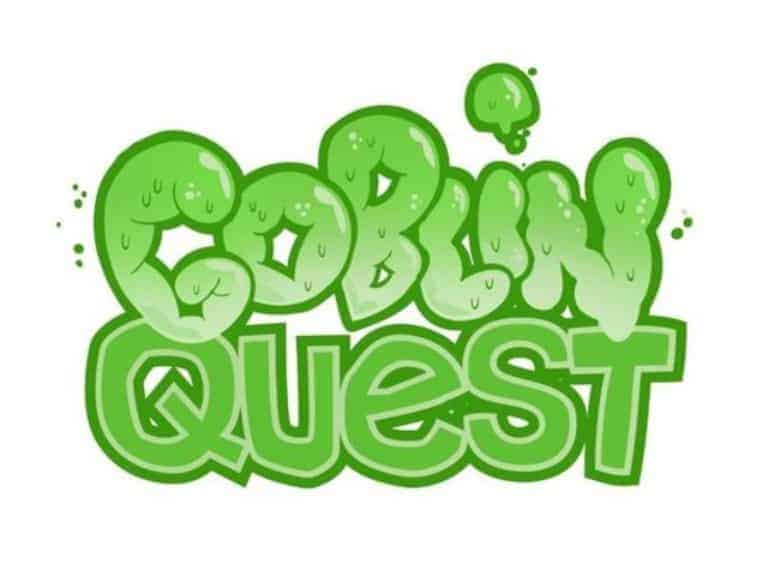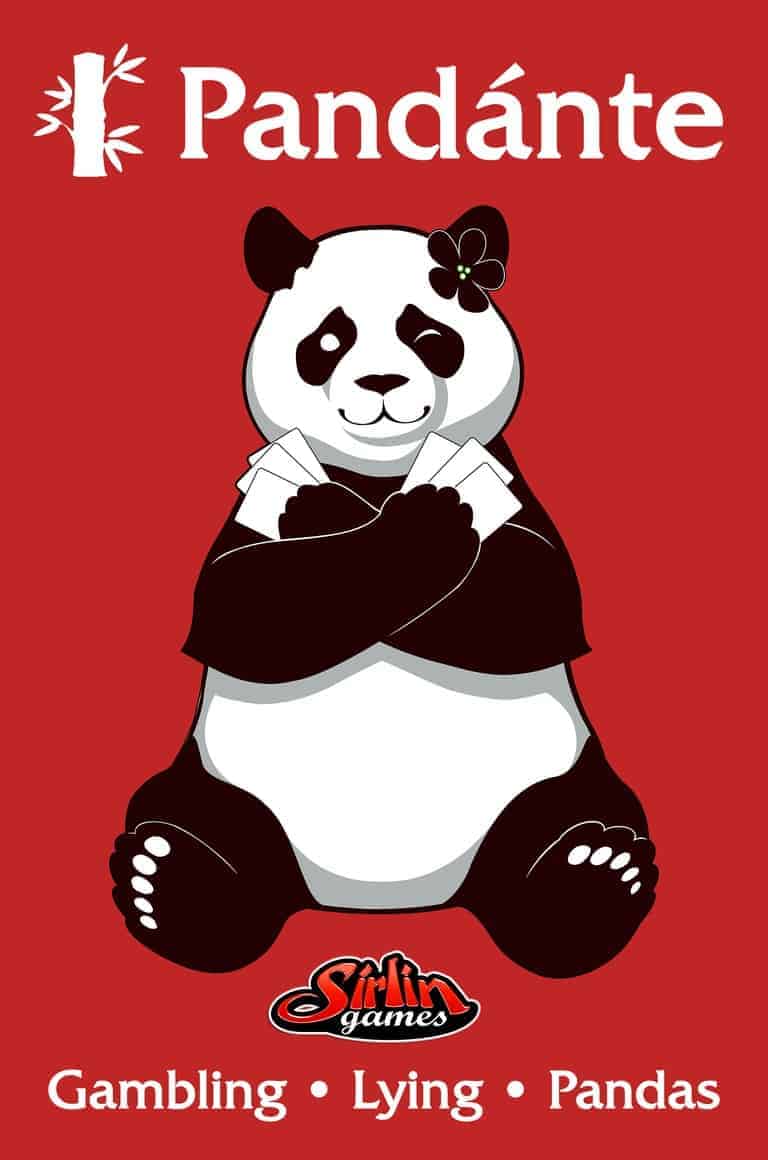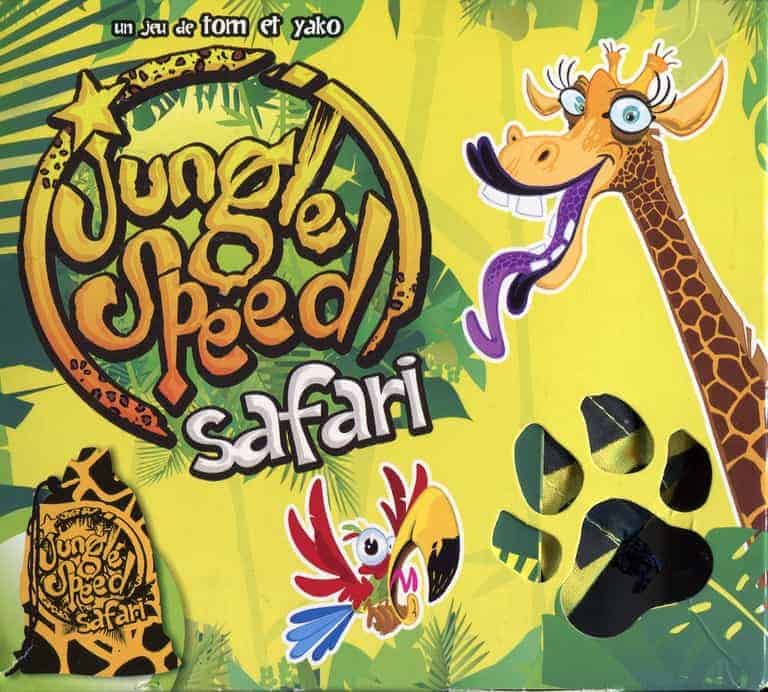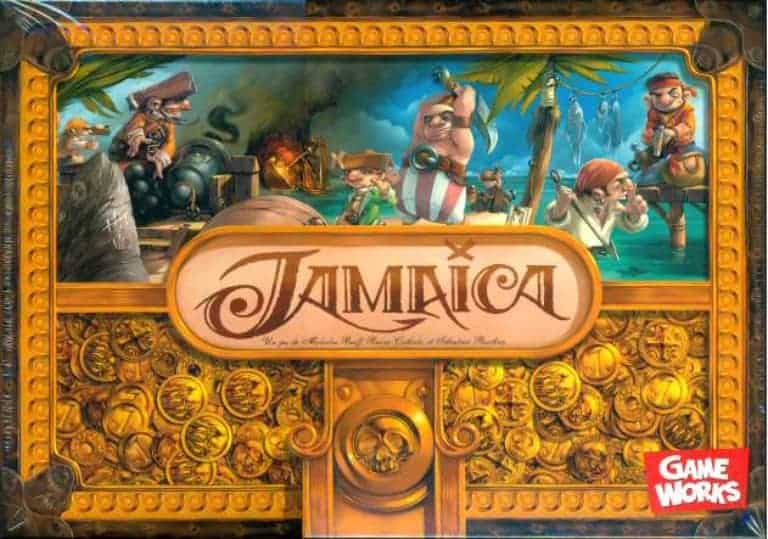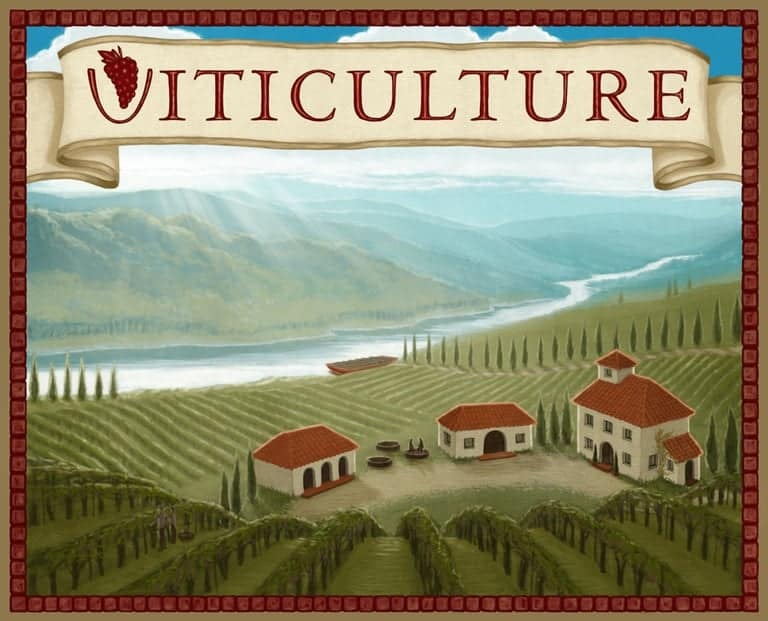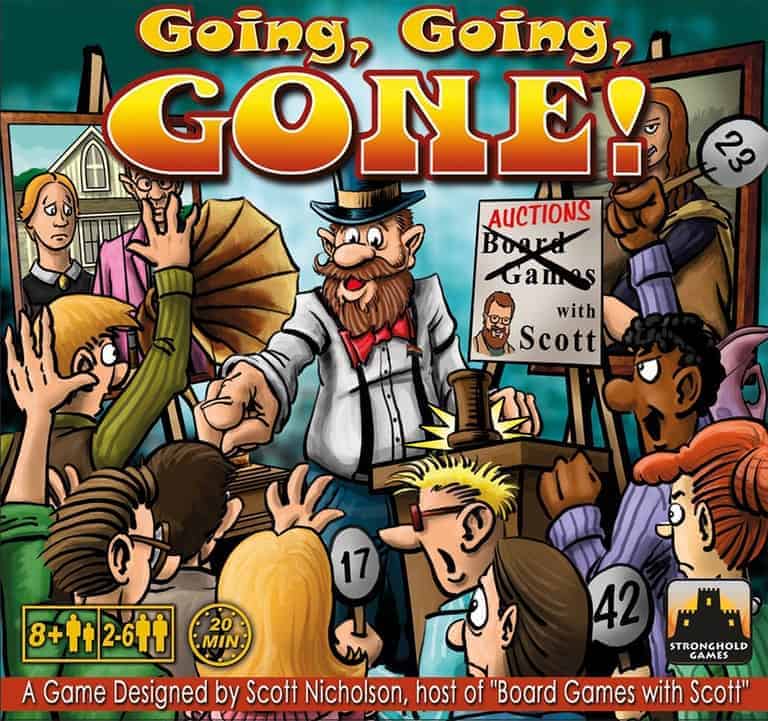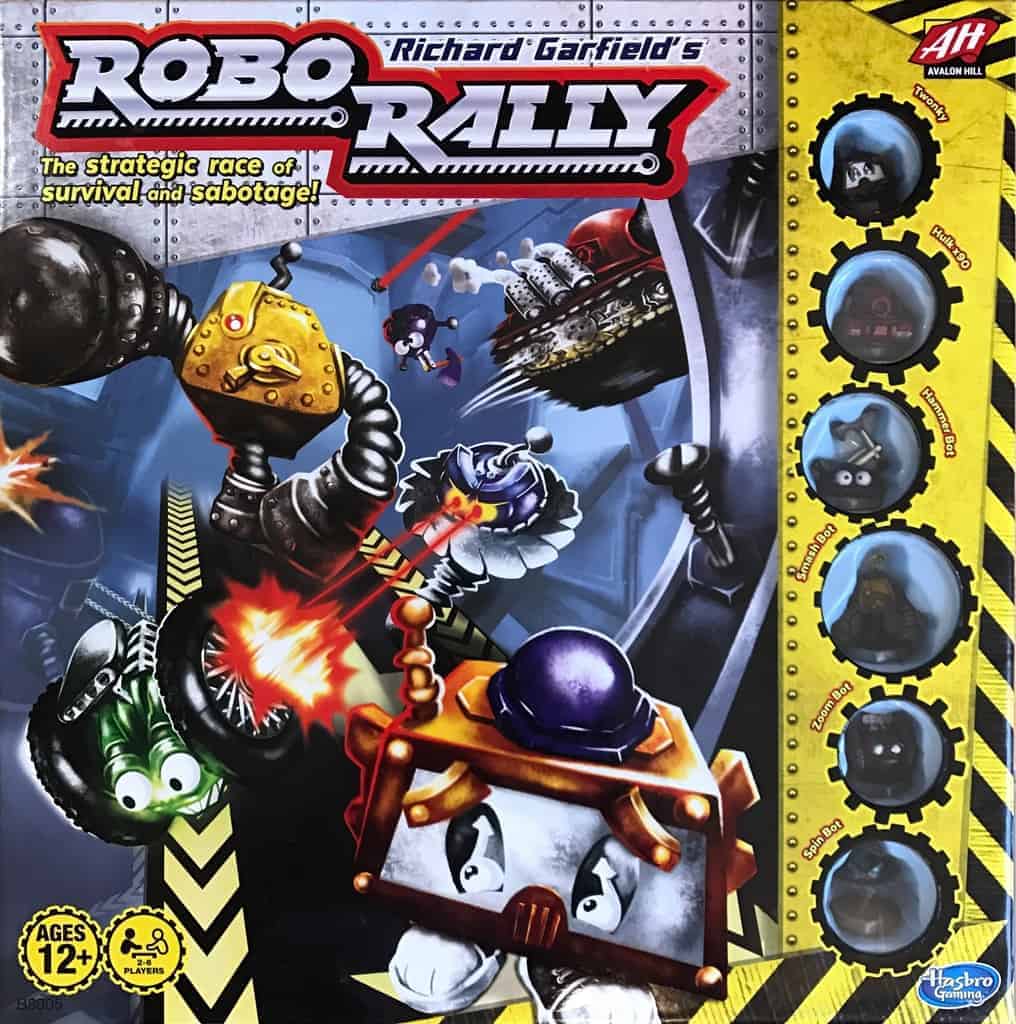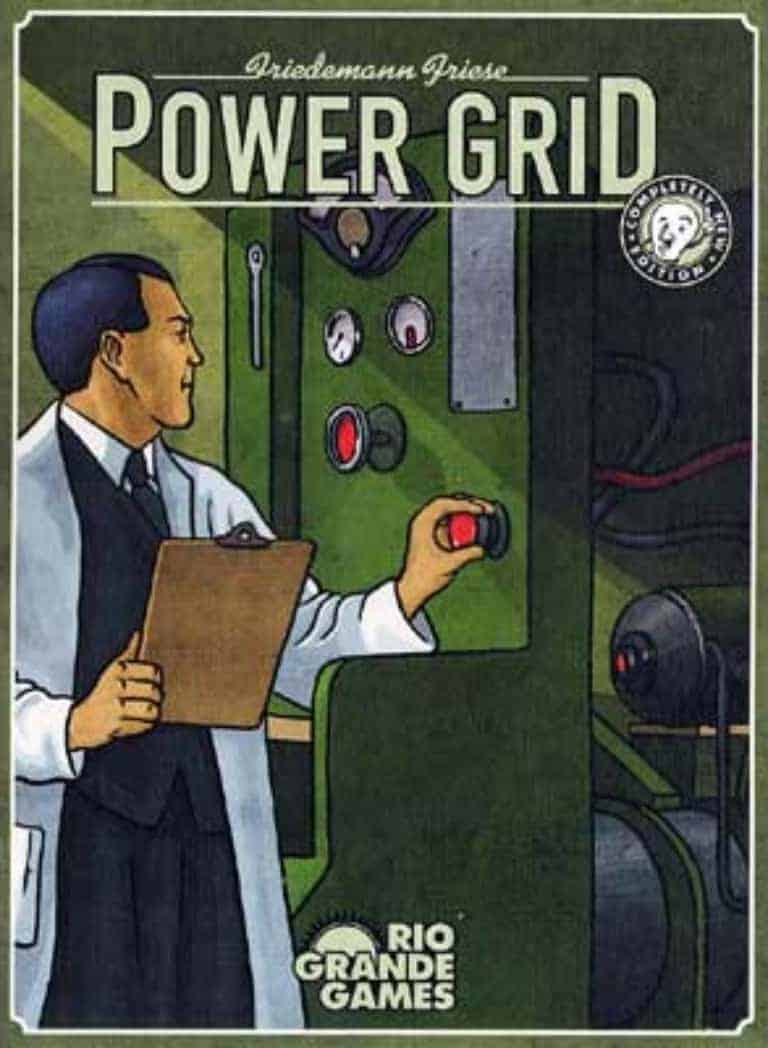Kaleidoscope
Gather 3-5 players, set aside 2 hours, and make up an unwatchable “foreign” film using a pile of index cards and your crazy brains!
Use this step-by-step guide to guffaw your group through non-chronologically remembering a wildly bizarre movie that you apparently just watched together! On each player’s turn they write a part or moment into the movie (oh, I mean remember a part or moment of the movie they saw, pardon me) and insert it anywhere into the timeline you’re collaboratively creating!
Kaleidoscope, a thorough stand-alone hack of Ben Robbin’s celebrated Microscope: a fractal role-playing game of epic histories, has been simmering on my back-burner for a couple of years. I want to share the laughs! Through these years Kaleidoscope has been streamlined and made more silly, seen play in numerous conventions up and down the west coast of North America and many living rooms and several cafes, receiving amused or (on one occasion) unamused looks from folks at neighboring tables, and eliciting many decibels of laughter from its players.
Read More
